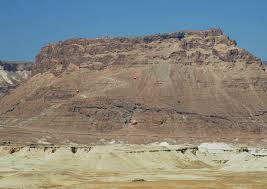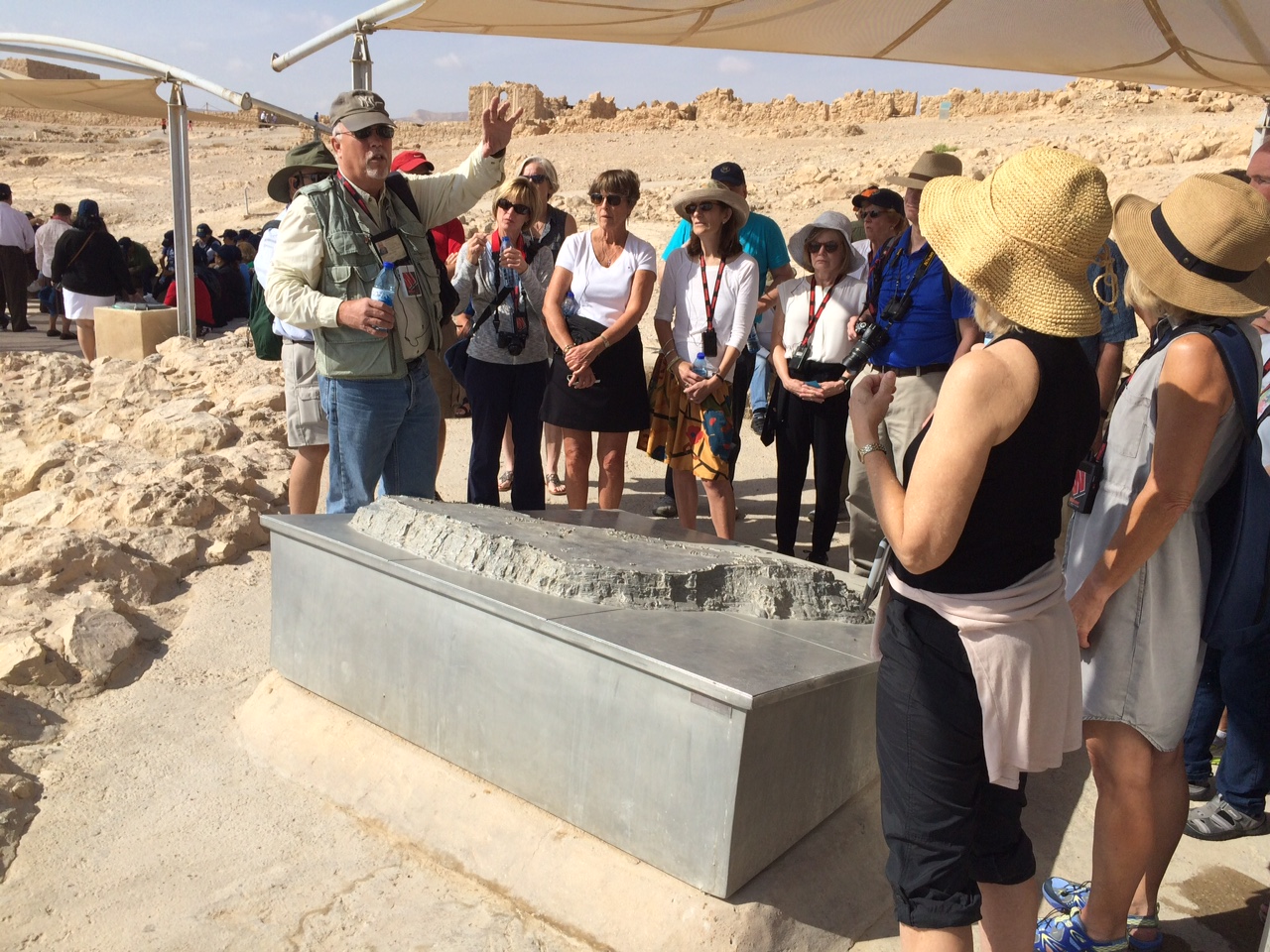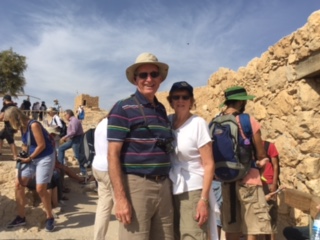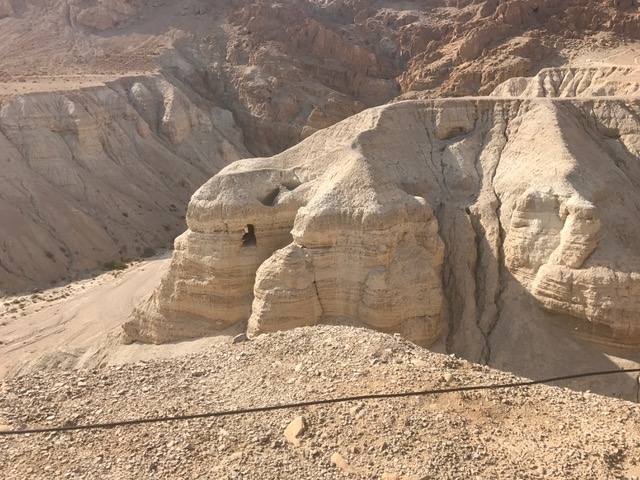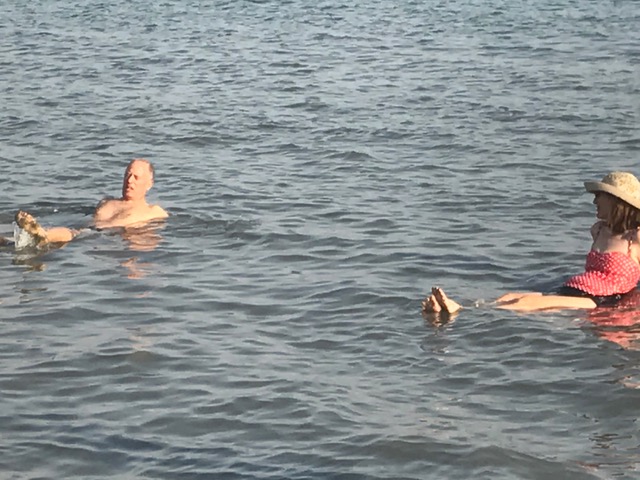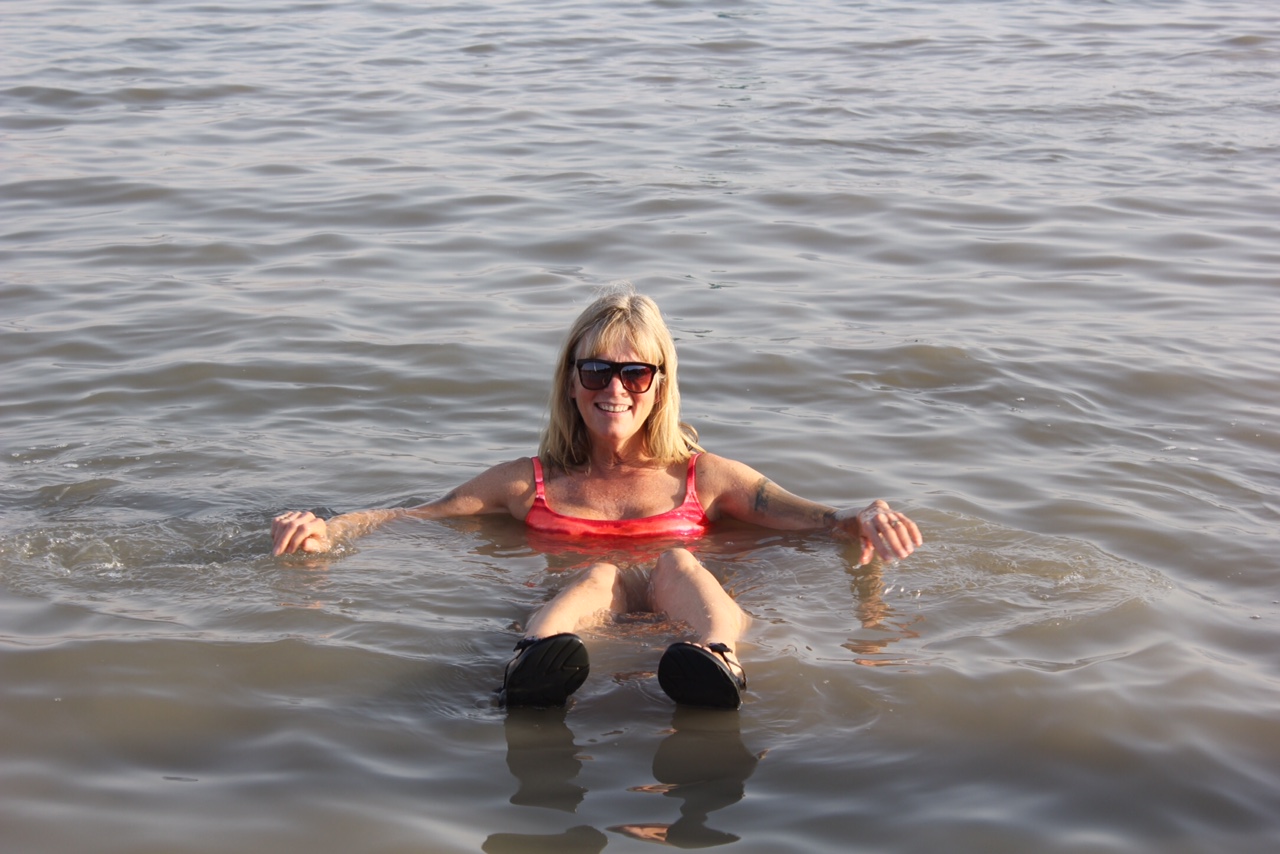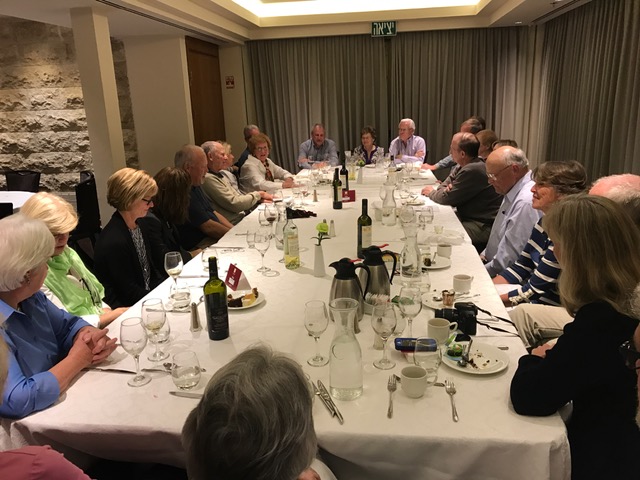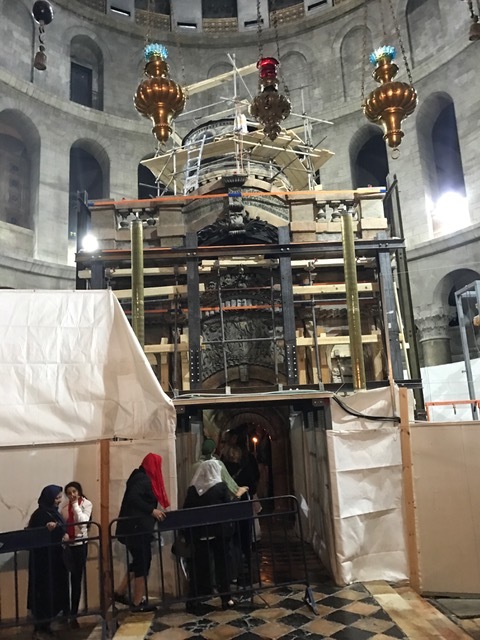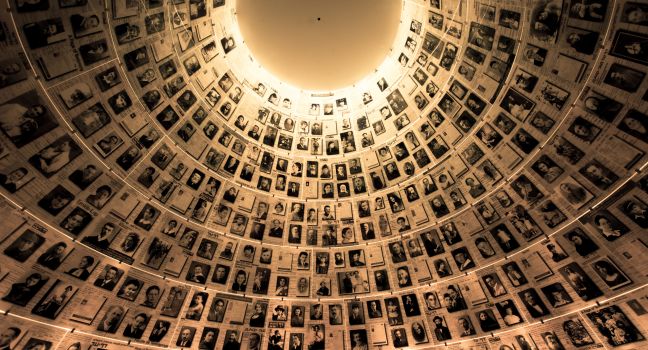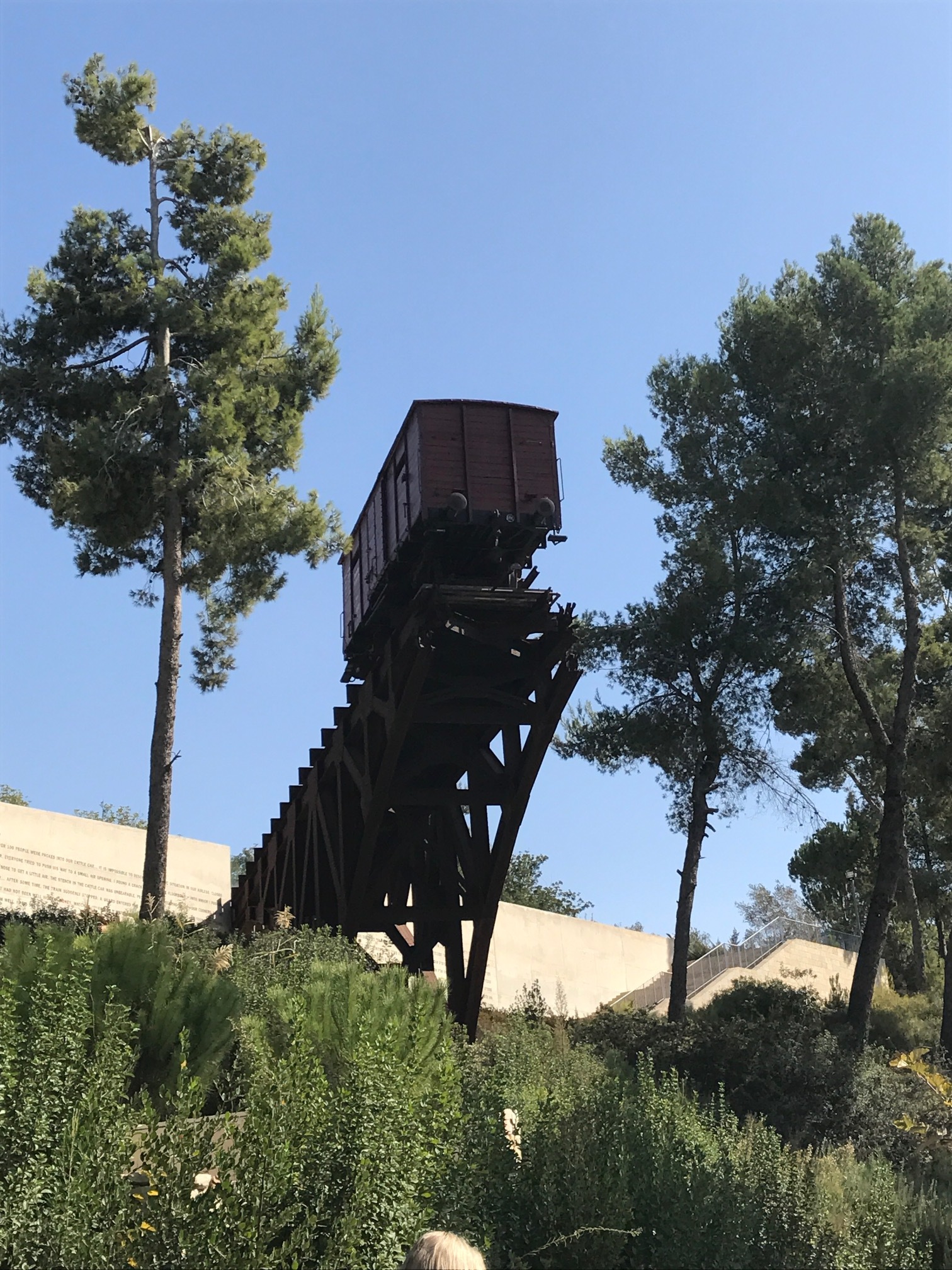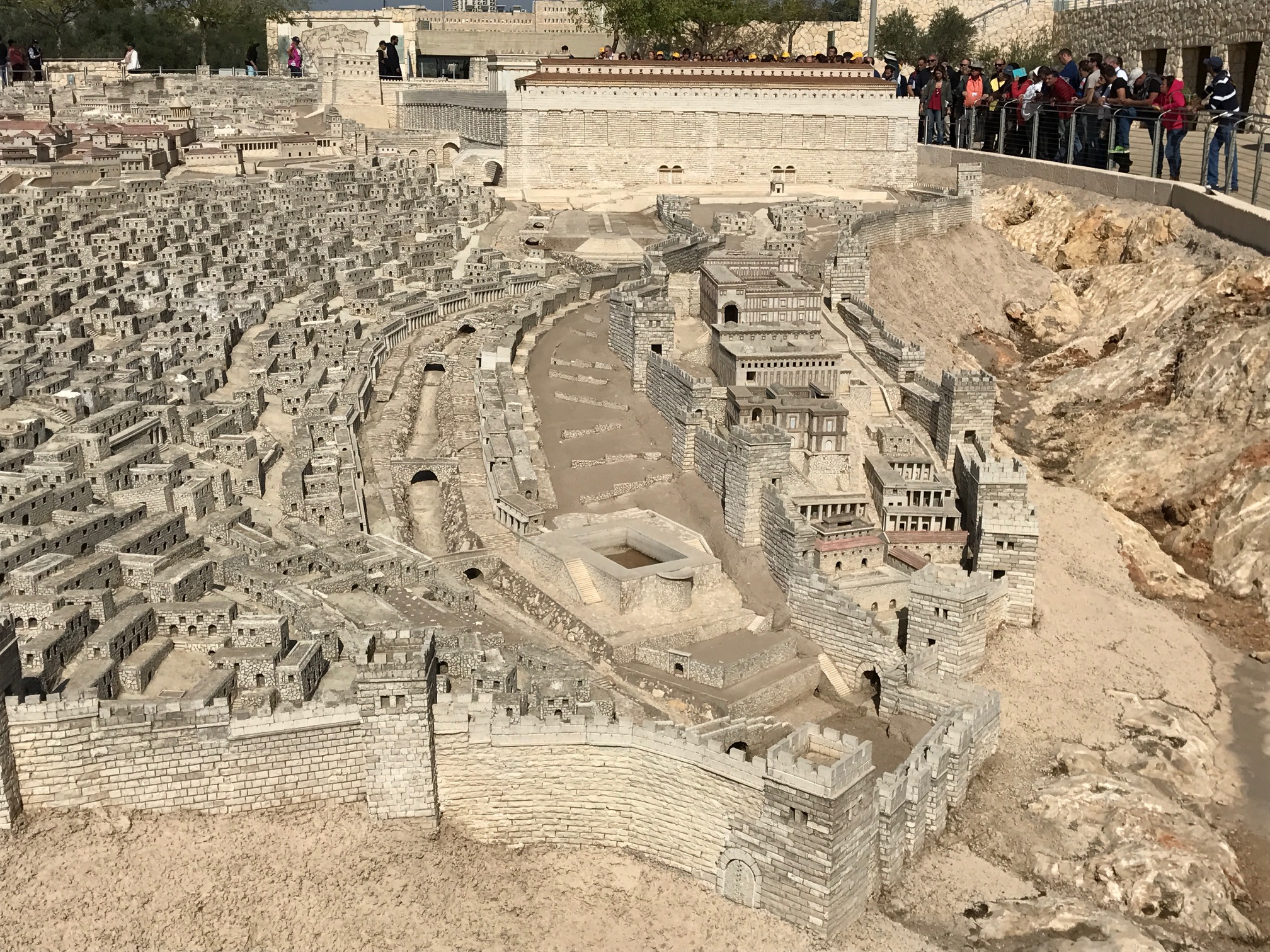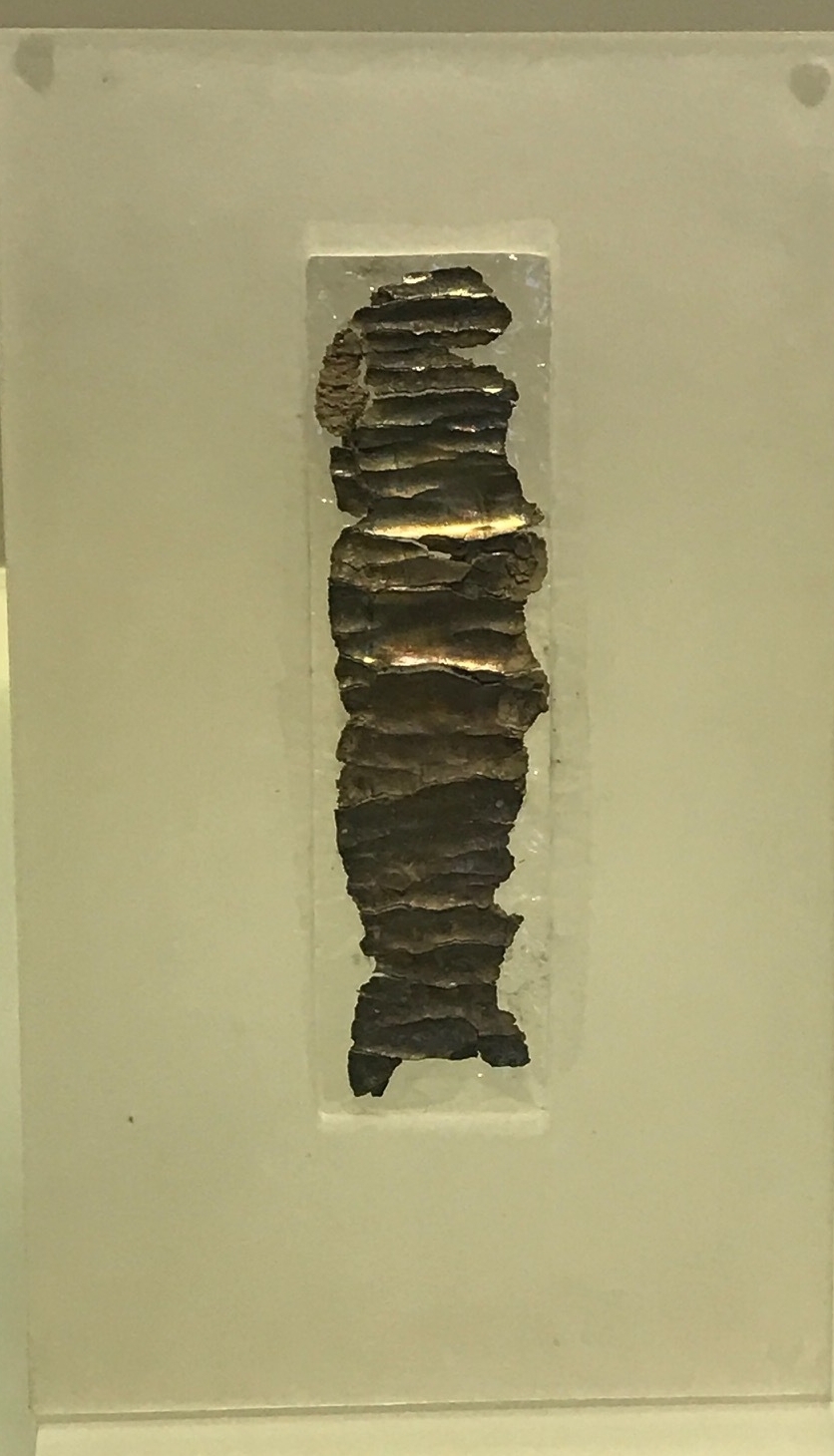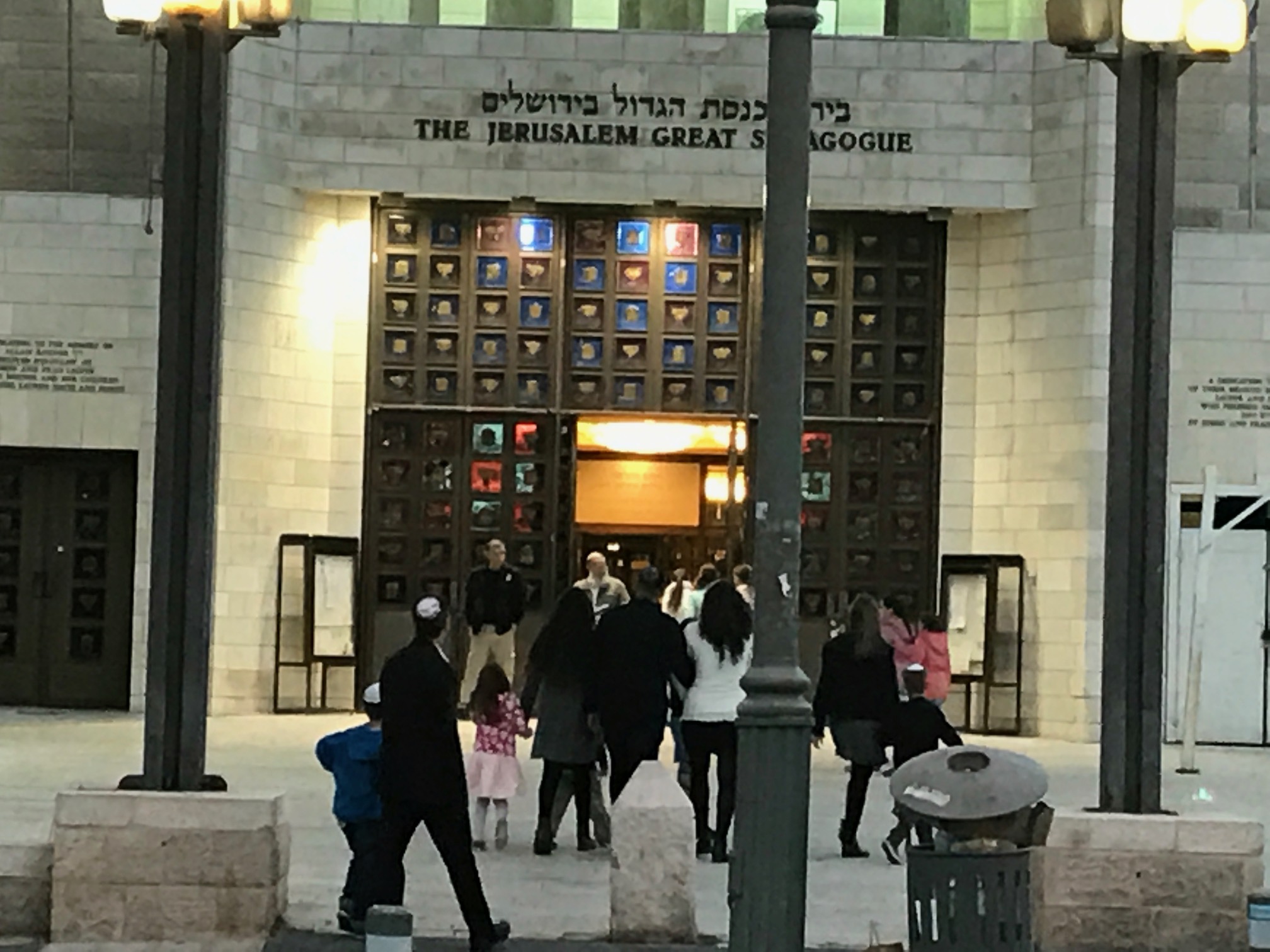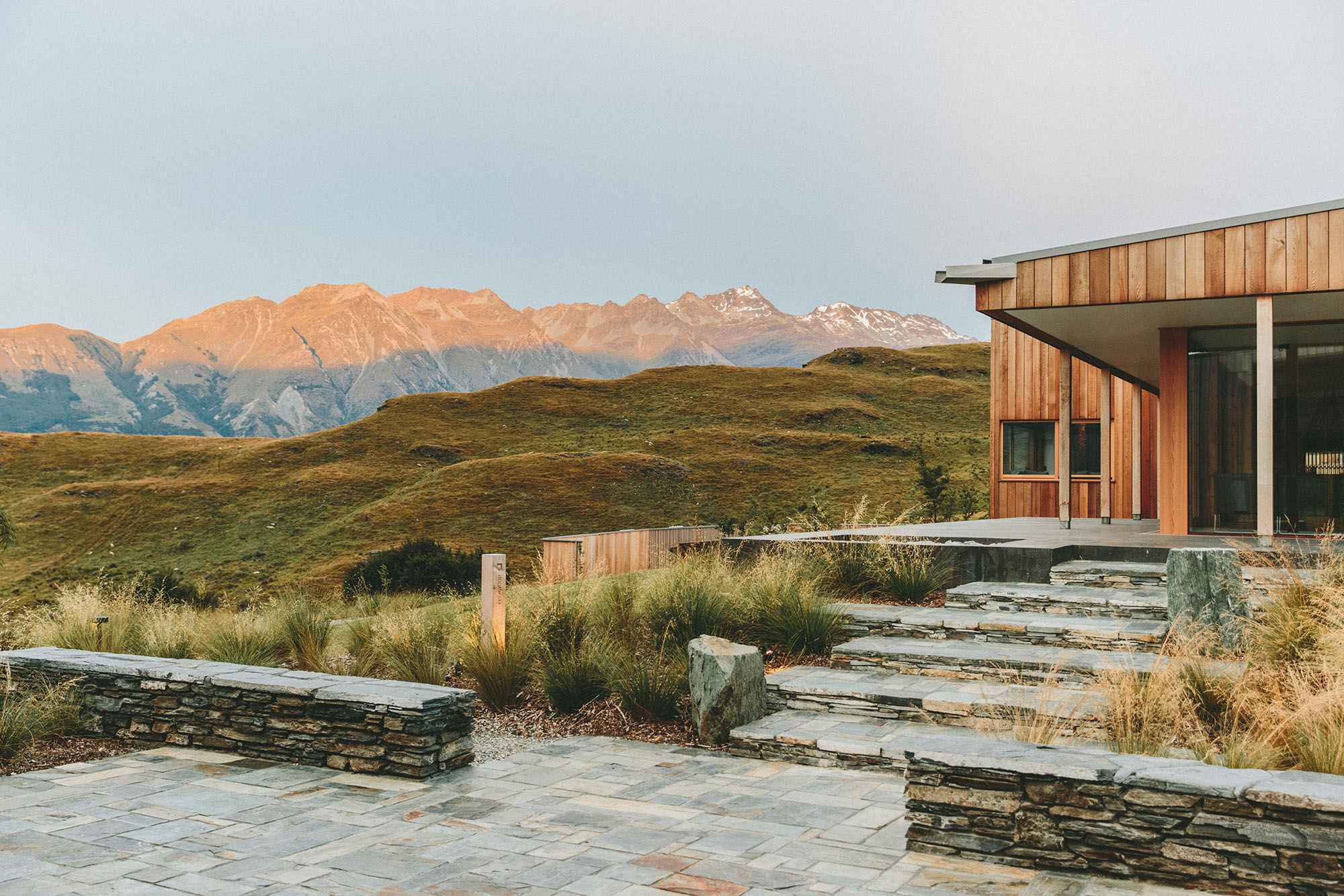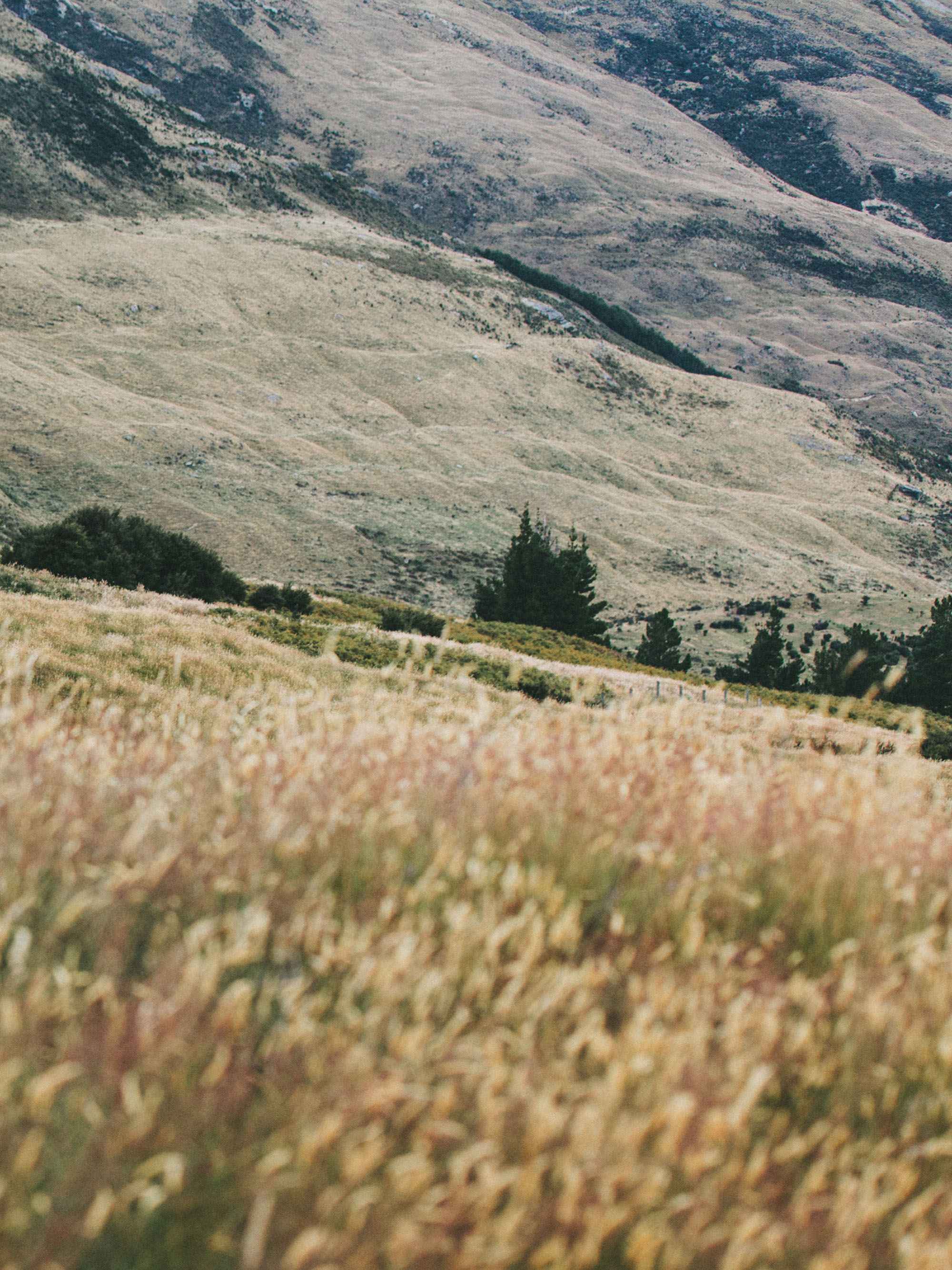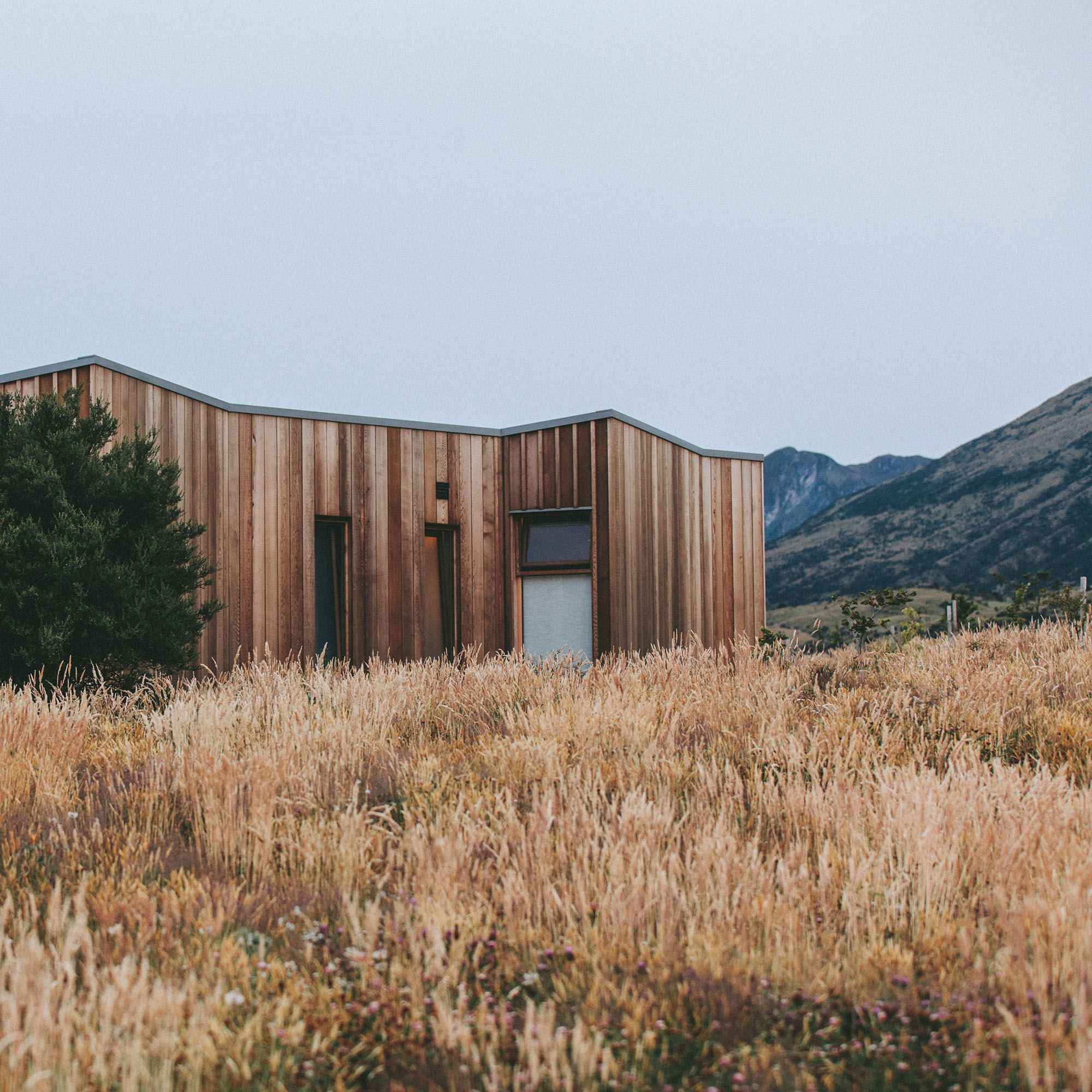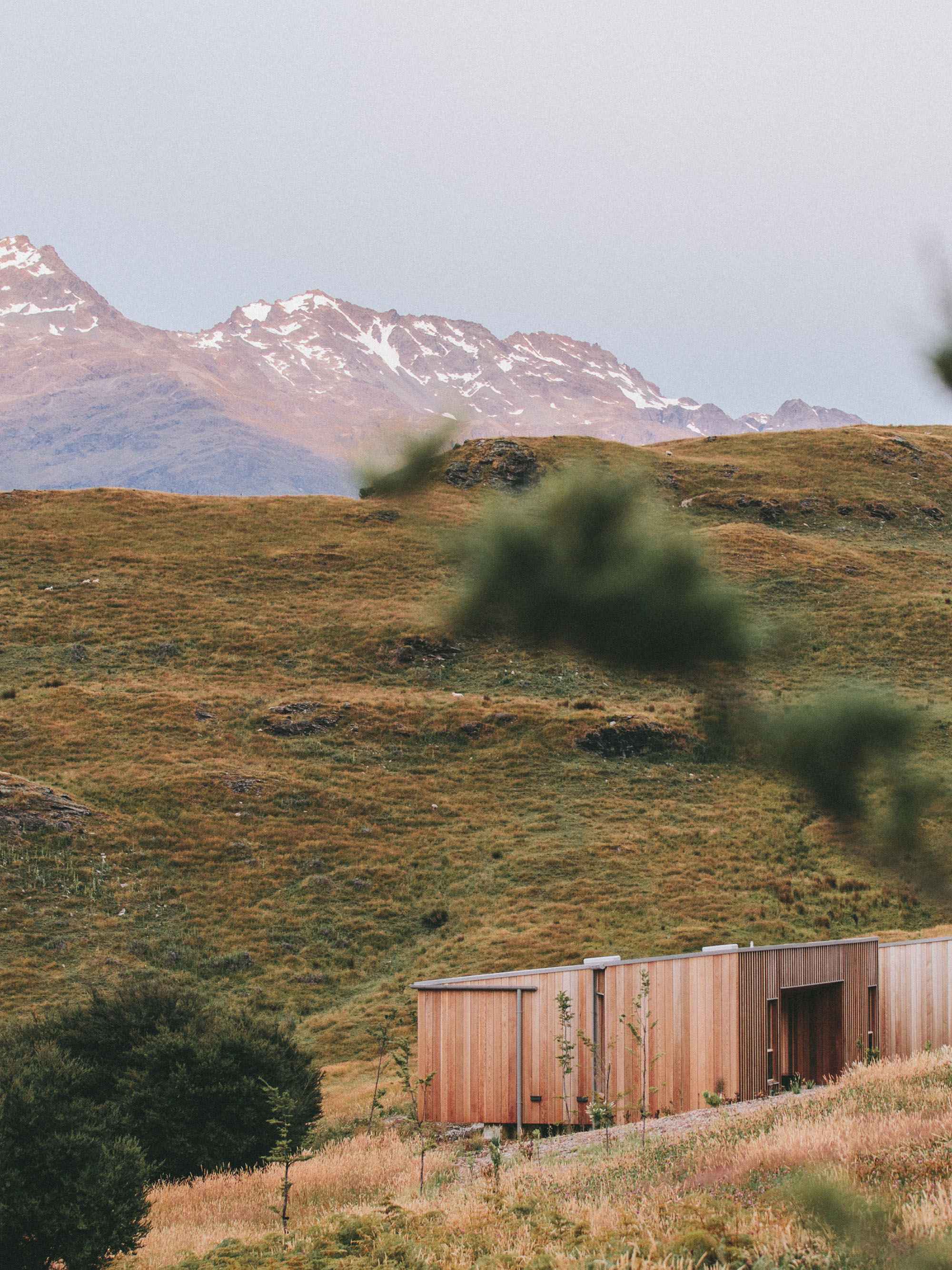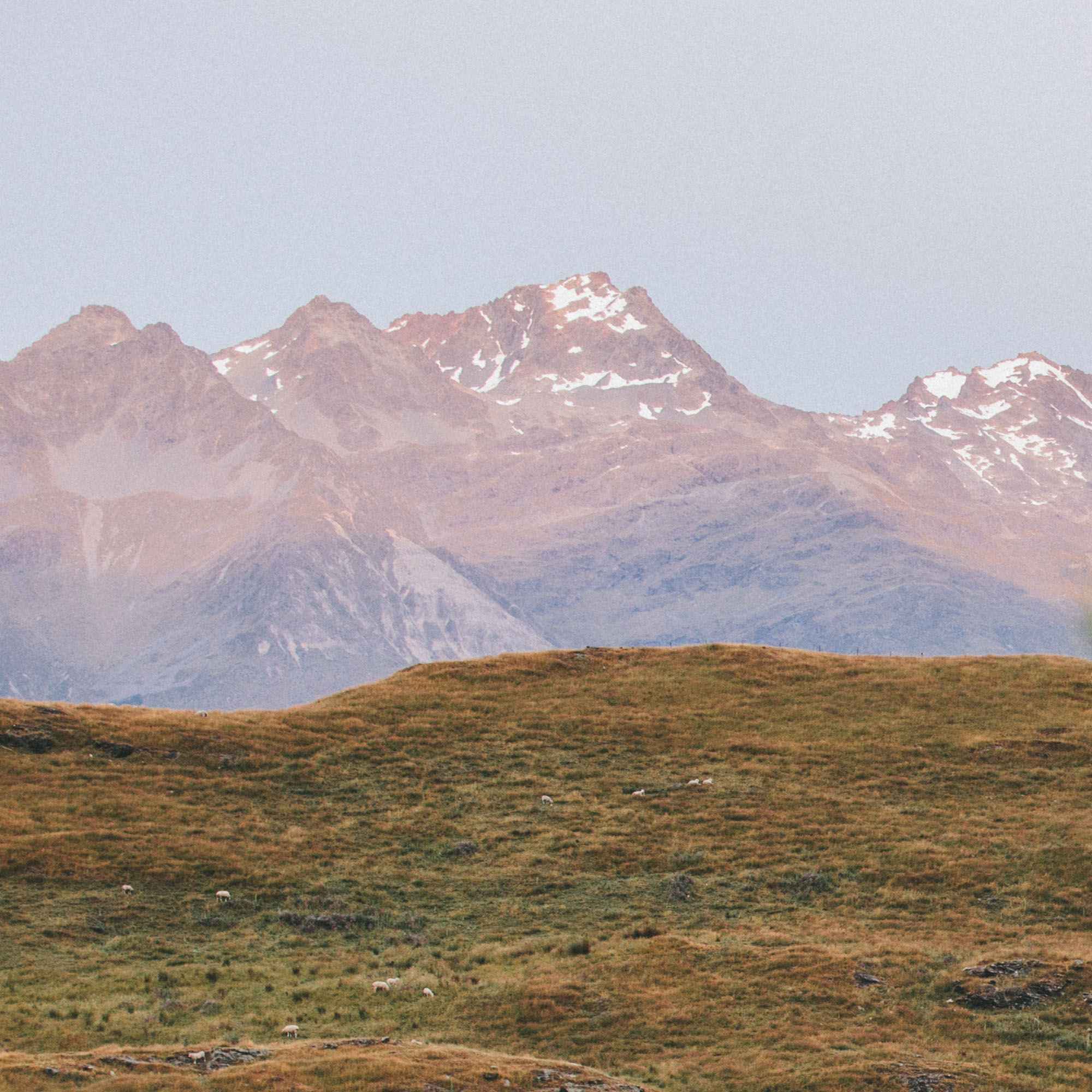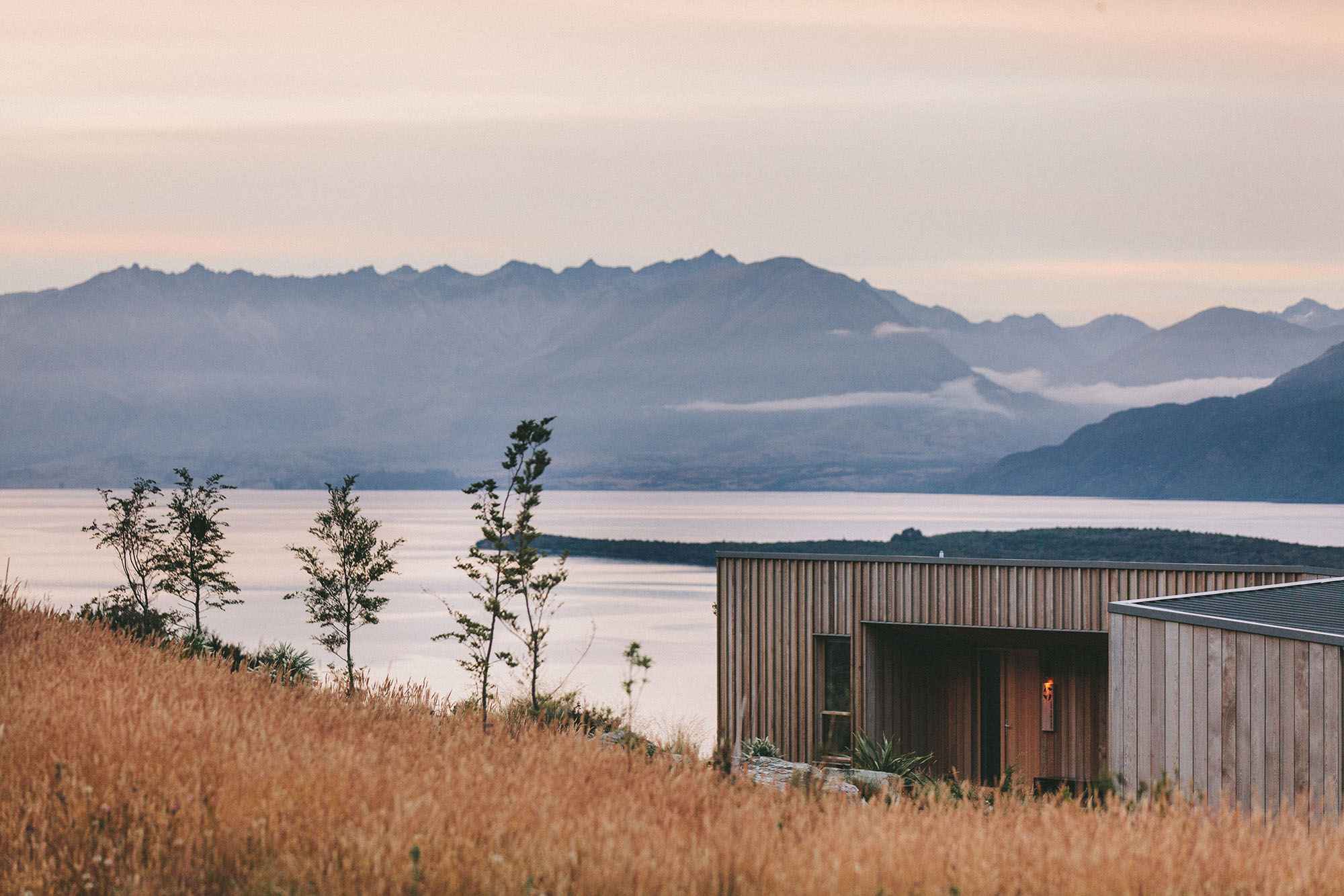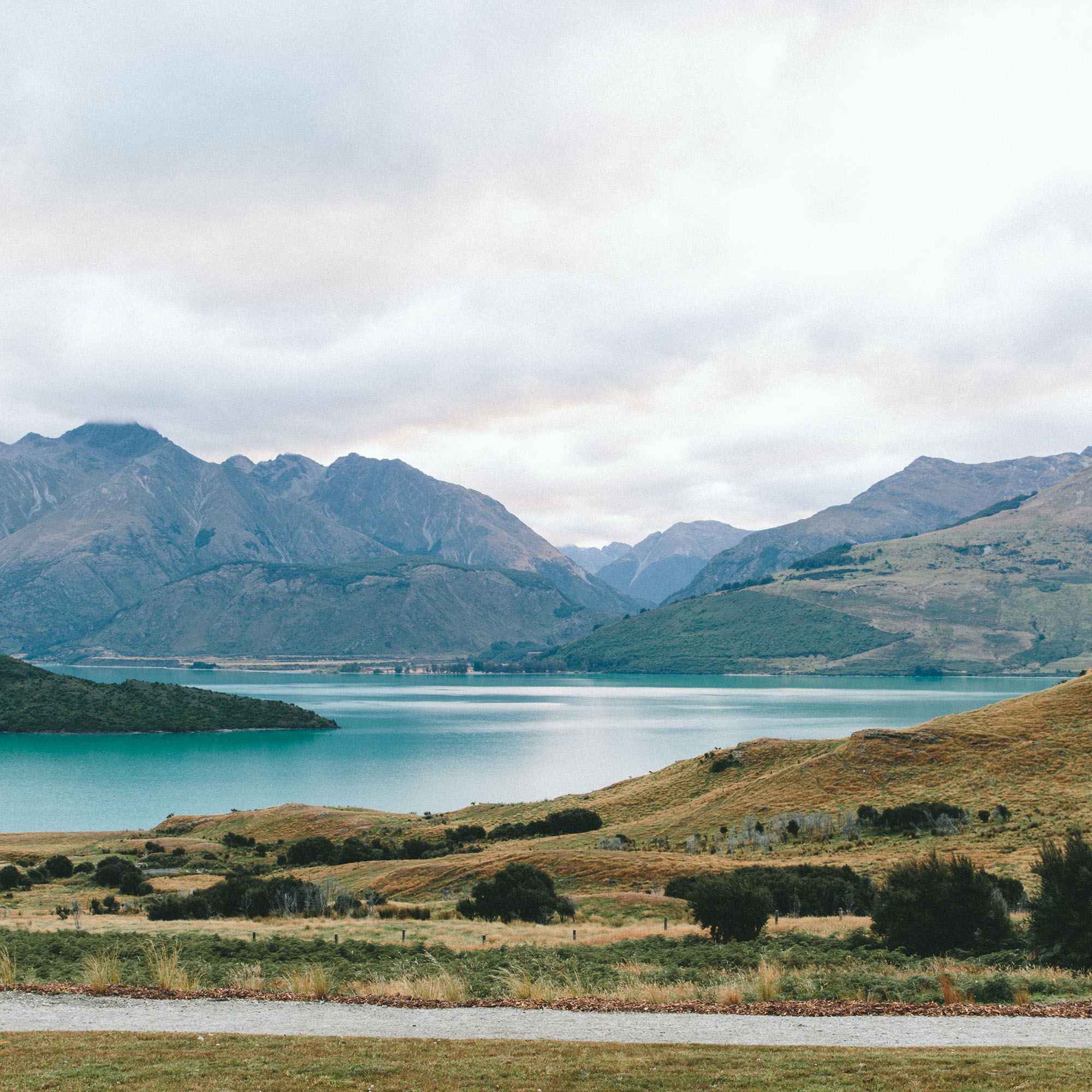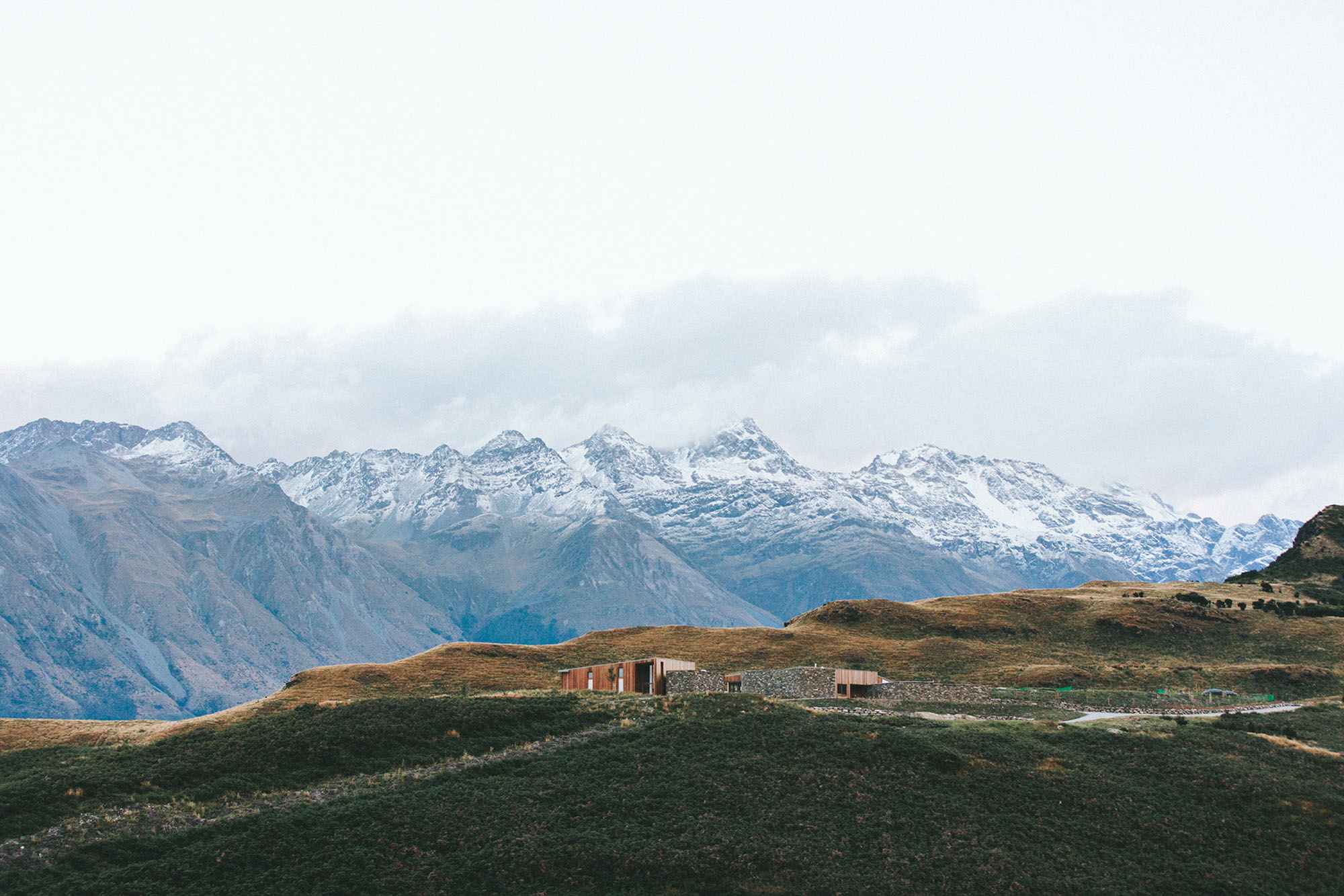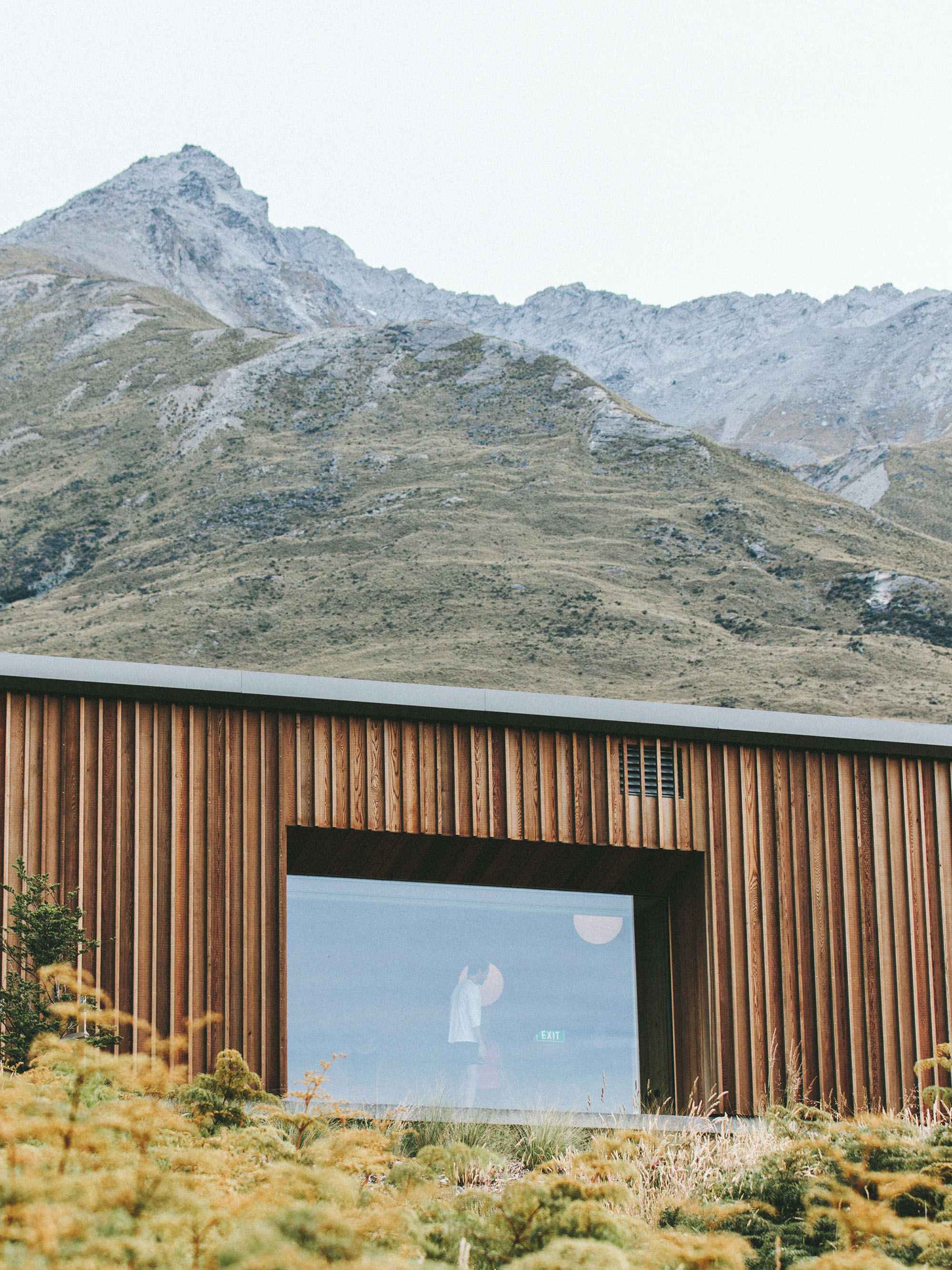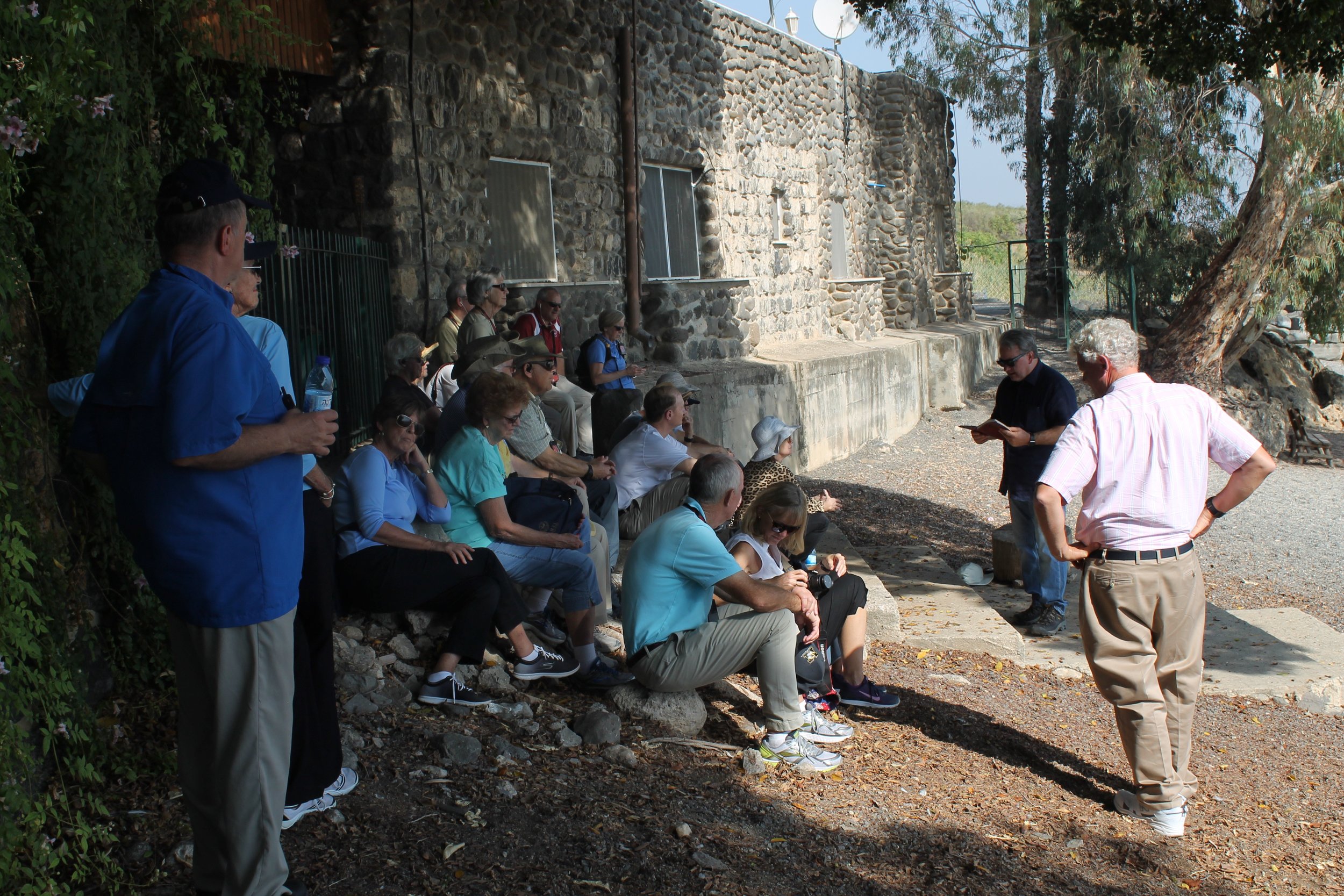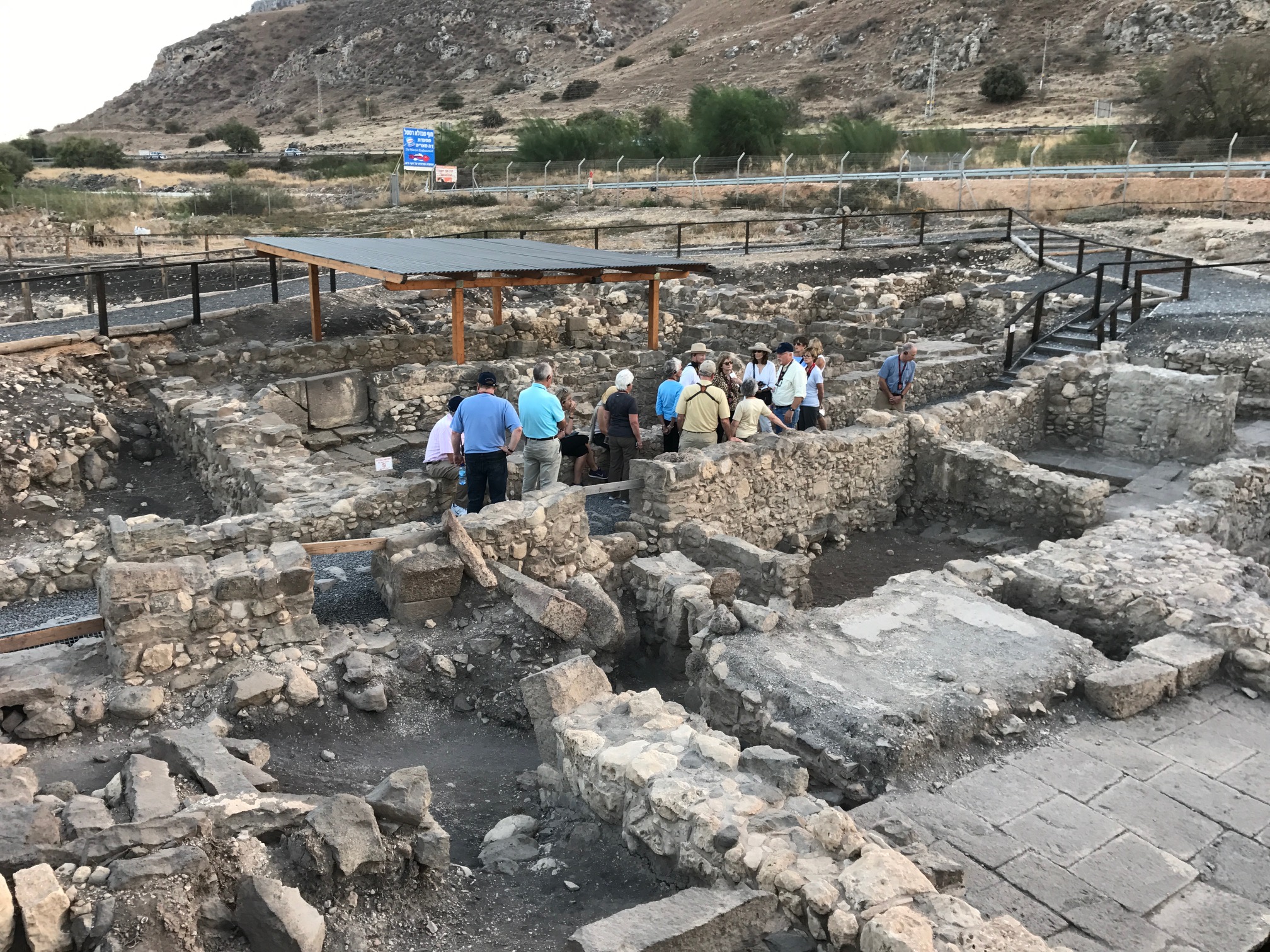Hi All,
Our journey is in its final hours.
On Saturday morning, we boarded our bus and headed south and east from Jerusalem along the Dead Sea to Masada--a rock plateau. On it are the remains of yet another monument to Herod the Great's architectural achievements. Herod built one of his palaces there and fortified the mountain in 37 BCE. Masada is most commonly remembered for the siege Roman laid there in 73 CE against a group of Jewish fighters known as the Sicarii. The Jewish group overtook Masada in 66 BCE and inhabited it as a place of refuge and resistance. It took many, many months before the Romans succeeded in taking the mountain. The remains of the Roman encampments and walls they built to surround the mountain are still visible today. When the Romans finally succeeded in breaching the hilltop they discovered that all 960 and inhabitants had committed a mass suicide. According to the ancient historian, Josephus, only two women and five children were found alive. We had an easier time of getting on the mountain--we took the cable car!
We then drove north along the Dead Sea to view the remains of the ancient community of Qumran. It is believed a group of Essenes--a highly religious, apocalyptic Jewish sect--settled there around 100 BCE. They were preparing for the end of the world. Qumran is best known for the Dead Sea Scrolls that were discovered there in 1947 by a shepherd boy looking for lost sheep. Before the discovery of these scrolls, the earliest copies of Old Testament texts we had dated from around the 10th Century CE. These scrolls dated back to 400 BCE and contained portions of every book in the Old Testament except for Esther. A stunning discovery by any measure.
After eating lunch, we drove a bit further north to a place on the Dead Sea where those who wished could go for a float. About half the group did.
We then headed back to the hotel. That night we gathered in the dining room for what would be our "Last Supper" together. Five of our group would be leaving first thing Sunday for a few days in Jordan to visit the site of Petra. After the meal, we lingered and shared reflections of our experiences of the trip. All agreed, it was a phenomenal trip: the encounter with the land; the connection of events and people of the Bible to actual places and landscapes; the amazing expertise of our guide, Steve Notley, who made ALL those connections possible; the encounter with the contemporary tension between the Israelis and the Palestinians; the experience of being in the Old City--the Temple Mount, the Western Wall, the Church of the Holy Sepulchre....); and finally, the way the group functioned so well together. It really has been a wonderful trip with a really incredible group of travelers.
Sunday was a free day before we pack up and load up our bus at 2:00 a.m. Monday morning to head to the airport in Tel Aviv for our 6:30 a.m. flight. We all went in many and various directions--many retracing visits to museums and the streets of the Old City and doing some final shopping. Several of us rose at 4:45 a.m. to attend the Latin Mass at the Church of the Holy Sepulchre. It took place in the Church, just outside the burial place of Jesus--the site of the Resurrection. Like the women on Easter morning, early on Sunday, the day after the Sabbath, we went to the tomb. Not many chances to do that!
Later that morning, Steve Notley and I met up with Zac, a friend of Steve's--a Palestinian who owns a shop in the Christian Quarter of the Old City. He drove the two of us to the ancient city of Hebron where there is a Mosque/Synagogue (the building is divided) that contains the tombs of Abraham and Sarah, Isaac and Rebekah, Jacob and Leah. It is a city that is disrupted often by violence between Jews and Palestinians. It was a fascinating visit--amid signs of tension,, there was a thriving city and people who could not be more friendly and welcoming.
After returning that afternoon, Steve and I had the opportunity to have dinner with Estephan Salameh--the person we met with on Thursday who is a primary policy adviser to the Prime Minister in the Palestinian Authority....and a fellow Christian. At one point in our conversation, he spoke of how much he has gained of late from his reading of a book by Martin Luther King, Jr. It gave him hope that there would be peace and reconciliation in the land one day--but not without courageous leadership on all sides and mutual trust. It was a wonderful and hope-filled conversation even as he acquainted us again wth the deep complexities of the contemporary situation.
After dinner, we stepped out onto the balcony of the Notre Dame Hotel just outside where we had shared our meal. I snapped one last picture of Jerusalem and thought again to the ancient Priestly blessing. A fitting benediction to our journey and our abiding prayer for this Holy Land:
May the Lord bless you and keep you.
May the Lord make his face to shine upon you
and give you peace.
Now and forever. Amen.


